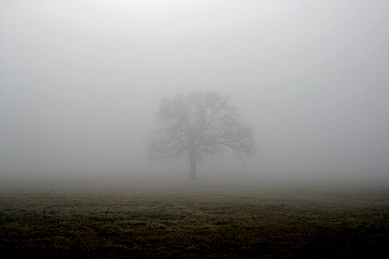

| Visitors Now: | |
| Total Visits: | |
| Total Stories: |

| Story Views | |
| Now: | |
| Last Hour: | |
| Last 24 Hours: | |
| Total: | |
Chet Raymo, “Gorillas In The Mist”
by Chet Raymo
“I have just finished reading Harold Hayes’ fine biography of Dian Fossey, the remarkable (and disturbingly complex) primatologist who spent so many years living with the mountain gorillas of the eastern Congo and Rwanda. One puts away the book with what I suspect is a somewhat romantic view of gorillas. Human primates come off as a rather more mixed bag of virtues and vices, capable of great acts of altruism and heinous crimes of inter- and intraspecies violence. Fossey seems to have established an almost humanlike bond with the subjects of her study, and certainly felt for them more tenderness and affection that she was able to muster for some of her fellow humans. Her colleagues were often appalled by the violence she evinced towards anyone who threatened her gorillas.
Primatologists met recently in Gottingen, Germany to discuss what unique characteristic or combination of characteristics lit the fuse that led to the singular pace of human cultural evolution. The capacity for advanced planning? Our ability to trade immediate gratification for long-term rewards? Social organization and cooperation? Spontaneous altruism? Use of tools? Imitation? Innovation? Language? All of these characteristics appear in other primates in at least a rudimentary way. Cognition researcher Joanna Bryson summarized the conference discussions this way: “We are just primates with a particular combination of traits. Seeing how all those traits came together and exploded into our current culture is really interesting. It makes you wonder whether it might happen soon for another species, given the chance.”
Whether any other primate will have that chance is a matter of some conjecture. Certainly, the mountain gorilla hangs onto continued existence by a thread, a thread that to a large extent is the result of Dian Fossey’s efforts on their behalf. It is after all her story that captured the attention of the world.
Somehow, hundreds of thousands of years ago, one species of primate distilled a combination of behaviors that led to a ratcheting up of all of the characteristics we share with our evolutionary cousins. The cultural gap between us and them widened to the extent that they now depend entirely upon our forbearance for their existence. We are their greatest enemy; we are their only friend.
In the late 19th century, the Belgians massacred a estimated five million Congolese within five years at the behest of the Belgian king Leopold, one of the most brutal genocides in history. It was standard practice of the Belgians to cut off the hands of any African who didn’t work fast enough on their rubber plantations. Hayes recounts episodes of stomach-churning cruelty against whites by descendants of those plantation workers. Yes, we are unique among the primates for our art, our language, our technology, our capacity for disinterested altruism, but any attempt to account for the special nature of human evolution must recognize that we also surpass our primate cousins in our capacity for evil.”
2012-08-22 23:46:08
Source: http://coyoteprime-runningcauseicantfly.blogspot.com/2012/08/chet-raymo-gorillas-in-mist.html
Source:



